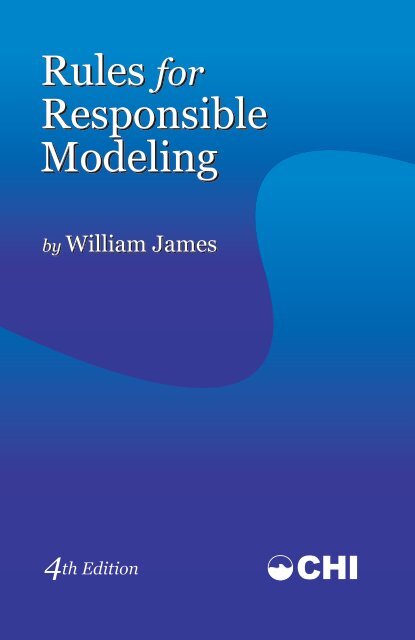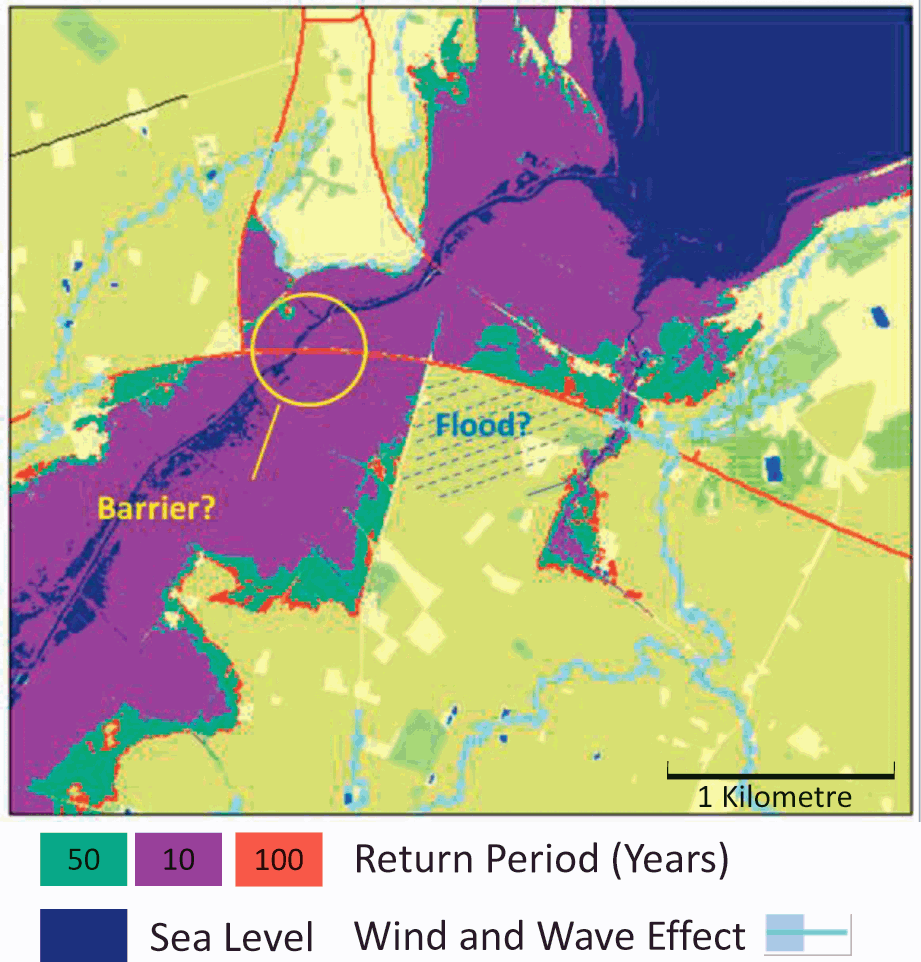
It is different from RDII because it does not occur as a direct response to a rainfallevent. GWI consists of groundwater that enters the collection system through cracked pipes, pipe joints and manhole walls during extended periods of time when water table levels are high, even in the absence of any rainfall. The average daily BSF remains more or less constant during the week, but can vary by both month and season. It exhibits a typical diurnal pattern, with higher flows during the morning and early evening hours and lower flows overnight. BSF is the flow discharged to sanitary sewersby homes, businesses, institutions, and industrial water users throughout the normal course of a day. These are base sanitary flow (BSF), groundwater infiltration(GWI), and RDII.

Environmental Protection Agency 26 Martin Luther King Drive Cincinnati, OH 45268 July 2015įigure 7-1 depicts the three major components of wet-weather wastewater flow within a sanitary sewer system (Vallabhaneni et al., 2007). Environmental Protection Agency Office of Research and Development National Risk Management Laboratory Cincinnati, OH 45268 National Risk Management Laboratory Office of Research and Development U.S. Note: This section is an adaptation from the Storm Water Management Model Reference Manual Volume I – Hydrology By: Lewis Rossman U.S. This chapter describes how these RDII flows are computed from the precipitation records supplied to a SWMM data set. RDII calculations were added to version 4 of SWMM by C. RDII flow is added onto the other inflow categories (such as dry weather sanitary flow, overland runoff, and groundwater interflow) during each time step of a simulation. It is computed independently of the surface runoff, infiltration, snowmelt and groundwater processes described in previous chapters of this manual. SWMM treats RDII as a separate category of external inflows that enters the conveyance system at specific user-designated nodes.

It can also cause significant flow increases to wastewater treatment plants resulting in hydraulic overloading and disruption of plant processes. RDII can be a significant cause of sanitary sewer overflows (SSOs) of untreated wastewater into basements, streets and other properties, as well as receiving streams. as well as "infiltration" of subsurface water through cracked pipes, leaky joints, poor manhole connections, etc.


Rainfall dependent (or rainfall-derived) inflow and infiltration (RDII) are stormwater flows that enter sanitary or combined sewers due to "inflow" from direct connections of downspouts, sump pumps, foundation drains, etc. Rainfall Dependent Inflow and Infiltration from the EPA SWMM 5 Hydrology Manual


 0 kommentar(er)
0 kommentar(er)
